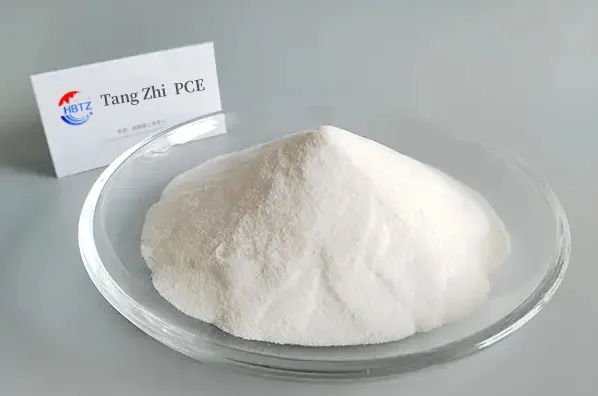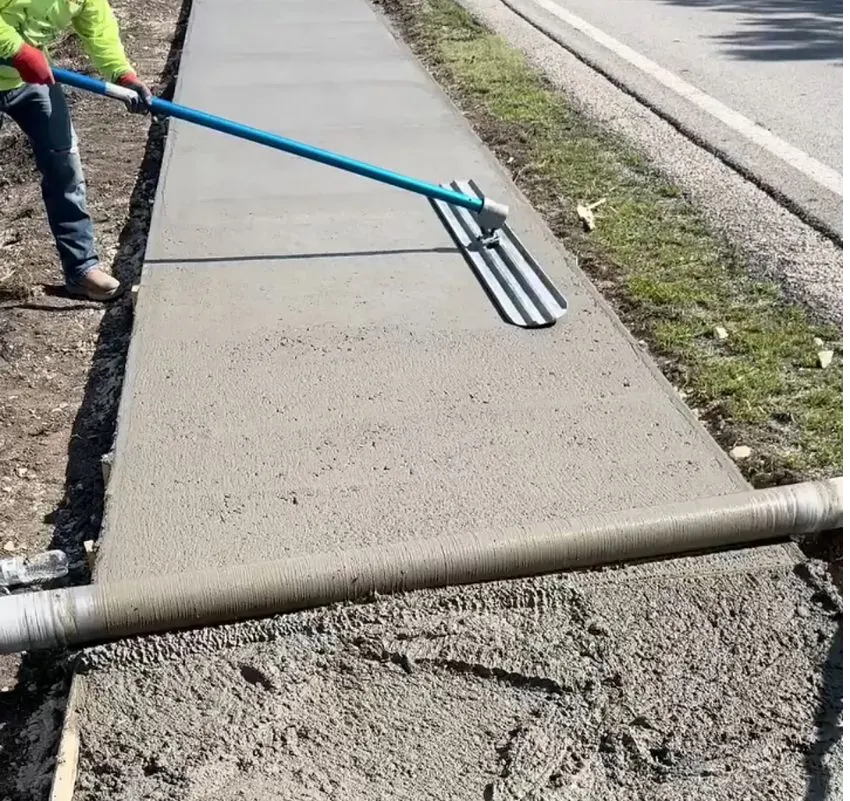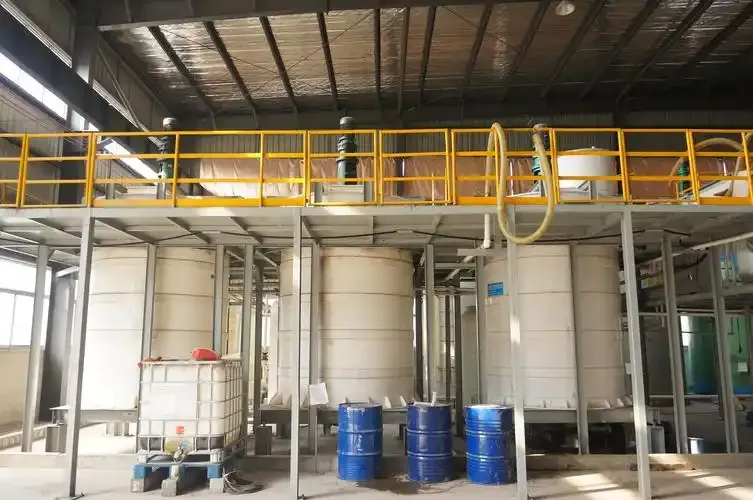
Unlocking Advanced Concrete Performance: Wholesale Water Reducing Admixtures for Special Cement
Concrete technology has come a long way from basic cement-water mixtures. In today’s construction industry, achieving strength, durability, workability, and sustainability all at once is essential—especially when working with special cement types like high-alumina cement, sulfate-resistant cement, or white cement. One critical component that helps meet these performance goals is the wholesale water reducing admixture for special cement.
These additives are designed to reduce the amount of water required in concrete, thereby enhancing strength and workability. Modern innovations such as polycarboxylate water reducer Und PCE superplasticizer variants provide much better performance than traditional additives, especially when tailored for specialized cementitious systems.

The Role of Water Reducing Admixtures in Modern Concrete
What Are Water Reducing Admixtures?
Water reducing admixtures are chemical additives used to lower the water-cement ratio in a concrete mix while maintaining or improving its workability. Lower water content leads to higher strength and better durability, which is especially important in structures that must resist extreme weather, loads, or chemical attack.
There are several categories of water reducers:
Mid range water reducer: Offers moderate water reduction and is ideal for general-purpose concrete.
High range water reducer (superplasticizer): Allows for higher flowability and significantly reduced water content.
When applying water reducing admixtures in concrete, the choice depends on project specifications, cement type, and environmental conditions. For instance, special cement may require custom formulations due to different hydration properties.

Polycarboxylate Concrete Admixture and PCE-Based Technologies
The most advanced water reducing technologies today are based on polycarboxylates in concrete. A polycarboxylate concrete admixture works through both electrostatic repulsion and steric hindrance, dispersing cement particles more efficiently than traditional plasticizers.
PCE-based admixture (short for polycarboxylate ether) is the core ingredient in many modern water reducers. These PCE superplasticizers are known for:
High water reduction (up to 35%)
Excellent slump retention
Compatibility with supplementary cementitious materials
Low environmental impact
When used with special cement, a PCE based admixture provides superior performance, especially in applications such as precast elements, ultra-high-performance concrete (UHPC), and decorative concrete using white or colored cement.

Applications and Examples of Water Reducing Plasticizers
Concrete Water Reducer for Specialized Applications
When it comes to concrete water reducer applications, the use of wholesale water reducing admixture for special cement is critical in several niche segments:
High-temperature resistant concrete (with calcium aluminate cement)
Aesthetic and architectural concrete (using white cement)
Marine and sulfate-exposed concrete (with sulfate-resistant cement)
In such environments, controlling the water-cement ratio without compromising flowability is vital. A well-designed water reducing plasticizer helps prevent shrinkage, cracking, and poor surface finish, all while allowing for easier compaction and finishing.
Mid-range and high-range water reducer admixture in concrete are tailored based on the unique reactivity of the cement being used. This ensures a more controlled hydration process, improved strength development, and consistent quality across batches.
Examples of Water Reducing Admixtures
There are several common water reducing admixtures examples used across different concrete applications:
Lignosulfonates: Traditional water reducers with moderate effectiveness.
Naphthalene-based superplasticizers: Older generation of high-range water reducers.
Polycarboxylate water reducer: Most advanced, offering high water reduction and long-term slump retention.
An example of water reducing admixture for special cement would be a PCE superplasticizer tailored for low-alkali white cement, which maintains color purity while improving flow and finish.
These examples highlight the diversity of options available and the importance of selecting the right admixture based on the cement chemistry and intended performance.
Choose Smarter, Build Stronger with Water Reducing Admixtures
Die Verwendung von water reducing admixture in concrete is no longer optional—it's a performance and sustainability imperative. Whether you're producing precast components, architectural panels, or infrastructure-grade slabs using special cement, selecting the right water reducing plasticizer can dramatically impact quality and cost.
Polycarboxylate concrete admixtures, particularly those using PCE based admixture technology, offer unmatched performance in today’s demanding construction environments. Buying wholesale water reducing admixture for special cement allows builders and manufacturers to access high-quality materials in bulk, ensuring consistency, compliance, and cost-efficiency.
As construction technologies evolve, integrating advanced admixtures like polycarboxylate water reducer will remain at the forefront of sustainable and high-performance concrete production.
FAQ Section with Keyword-Rich Titles
1. What Is a Wholesale Water Reducing Admixture for Special Cement Used For?
A wholesale water reducing admixture for special cement is designed to reduce water usage while maintaining flowability in concrete made with high-performance or specialty cements like white cement, sulfate-resistant cement, or calcium aluminate cement. These admixtures enhance strength, reduce cracking, and improve surface quality.
2. What Are Some Common Examples of Water Reducing Admixtures in Concrete?
Water reducing admixtures examples include:
Lignosulfonates (traditional)
Sulfonated naphthalene formaldehyde (SNF)
Polycarboxylate water reducer (advanced)
Each example of water reducing admixture serves different roles, but polycarboxylates in concrete are now widely favored for their efficiency and performance.
3. How Does a PCE Superplasticizer Improve Concrete Made with Special Cement?
A PCE superplasticizer disperses cement particles more effectively, reducing the water demand by up to 35%. This is especially helpful with special cement, which often has unique setting behaviors. The PCE based admixture improves slump retention, strength, and resistance to shrinkage.
4. What Is the Difference Between a Mid Range Water Reducer and a High Range One?
A mid range water reducer typically lowers water content by 6–12%, offering good workability for everyday applications. High-range reducers, such as PCE superplasticizers, achieve over 25% water reduction and are suited for high-performance or low-W/C ratio concrete. Both are types of water reducing admixture in concrete, selected based on project needs.
5. Why Are Polycarboxylates in Concrete Considered the Best Water Reducing Plasticizer?
Polycarboxylates in concrete provide dual benefits of water reduction and slump retention, thanks to their unique molecular structure. As a water reducing plasticizer, they outperform older technologies by offering better flow, higher early strength, and less impact on setting time—making them ideal for advanced and special cement applications.
-
Hydroxypropyl Starch as a Sustainable Construction AdditiveNewsNov.24,2025
-
The Gelation Properties of CMCNewsNov.21,2025
-
Redispersible Latex Powder and Water Retention CapacityNewsNov.21,2025
-
Dosage Control for Polycarboxylate Water ReducerNewsNov.21,2025
-
Film-Forming Properties of Polyvinyl AlcoholNewsNov.21,2025
-
The Function of Gypsum Additives in MortarNewsNov.21,2025





















